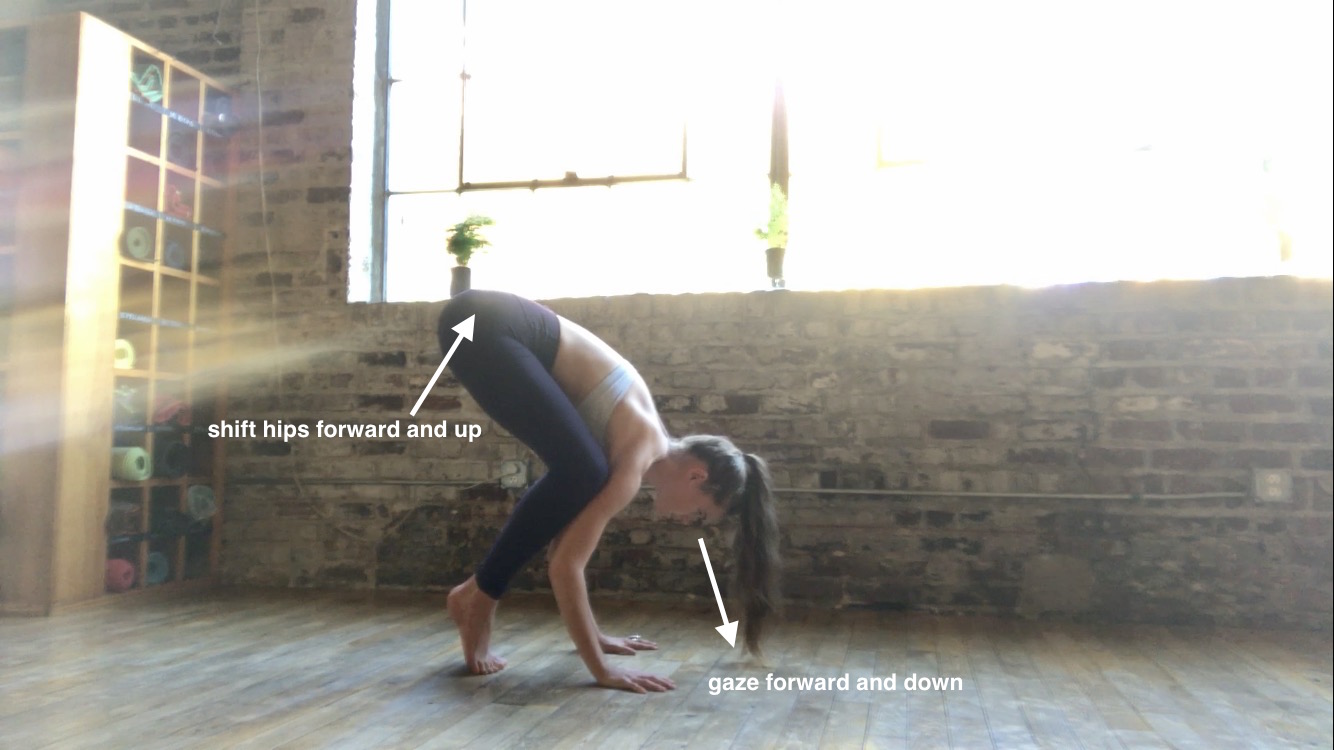Pandangusthasana - Toe Stand!
Balance is a precarious thing. In both life and yoga, our ability to stay balanced is based on a complex interplay of strength and flexibility, solidity and malleability. We have a tendency to think that balance is a thing that we achieve, but in truth it is a process. Like homeostasis, we are always moving towards it and away from it, but because the circumstances of our bodies and our lives are never static, balance is a thing that we have only momentarily and which we must constantly work to reestablish.
I’m probably not telling you anything that you don’t already know. You have probably sensed this in your own life. Sometimes it might seem as soon as you have your job or your relationship or your schedule all nice and neat the way you want it, something comes along to knock something out of place.
Hey, I’ve got news for you and it’s really really good.
The work of being knocked off balance and struggling to regain it is what builds the strength that we need to have to maintain balance for longer periods of time. This is truth both physically and philosophically. The way you wobble in a pose is the way your body learns how to be in that pose. The way you wobble in life is the way you learn how to be in your life.
Pandangusthasana, aka Toe Stand, is a beautiful pose that almost everyone hates because it challenges both beginners and experienced yogis. Not to be confused with the pandangusthasana of the Ashtanga tradition, this toe stand is a creative exploration of a tip-toe urdhva namaskarasana and beyond! You need so many tools to maintain balance in toe stand for long periods of time: hip and foot flexibility, hip and foot strength, excellent posture, and really really strong legs. Oh yeah, and focus. And a steady gaze.
Basically, no matter what level of expertise you have in asana, this pose is going to show you where you need to work. As my teacher would say, this pose is “not free for anyone.” It will show you where you’re strong, where you’re weak, where you’re supple, and where you’re holding tension.
I would recommend warming up the feet before you try this pose, by sitting on them, flipping over them, and/or massaging them.
If you’ve never done toe stand before, there’s absolutely no reason to start by trying to achieve the full expression of the pose. Save something for later. Start practicing for this pose by standing in tadasana, lifting your heels, coming into a squat on your toes, and then standing back up again without putting your heels down.
Once you feel like that is working for you, try doing it with one leg pulled into the chest.
Now it’s time to add in the element of padmasana (lotus). Start by bringing each foot into padmasana in tadasana.
The next step is keeping balance in this funky half padmasana. Bring one foot into padmasana, bend the other knee and come in to a low squat. Come back to standing and repeat on the other side.
Alright, now you’re ready. Maybe. It doesn’t matter. Whatever happens is great. Just try it and see what happens.
Stand in tadasana. Bring your right foot into padmasana. Bring the hands to the heart. Lift the left calf. Come into a low squat on the left leg.
Tada!
Now try it on the other side…
Oops.
Like I said, this pose isn’t free for anyone, and finding balance in it may be more complicated than balancing your checkbook. Jk. No one writes checks anymore. Finding balance in toe stand may be more complicated than Tetris-into all the things you want to do in a day into your google cal. Er, remember Tetris? Never mind.
Anyways, the point is not to become a toe stand statue, but to play with the pose and enjoy the work of finding and losing balance. While you’re at it, try that off the mat, too.
-RS














































































